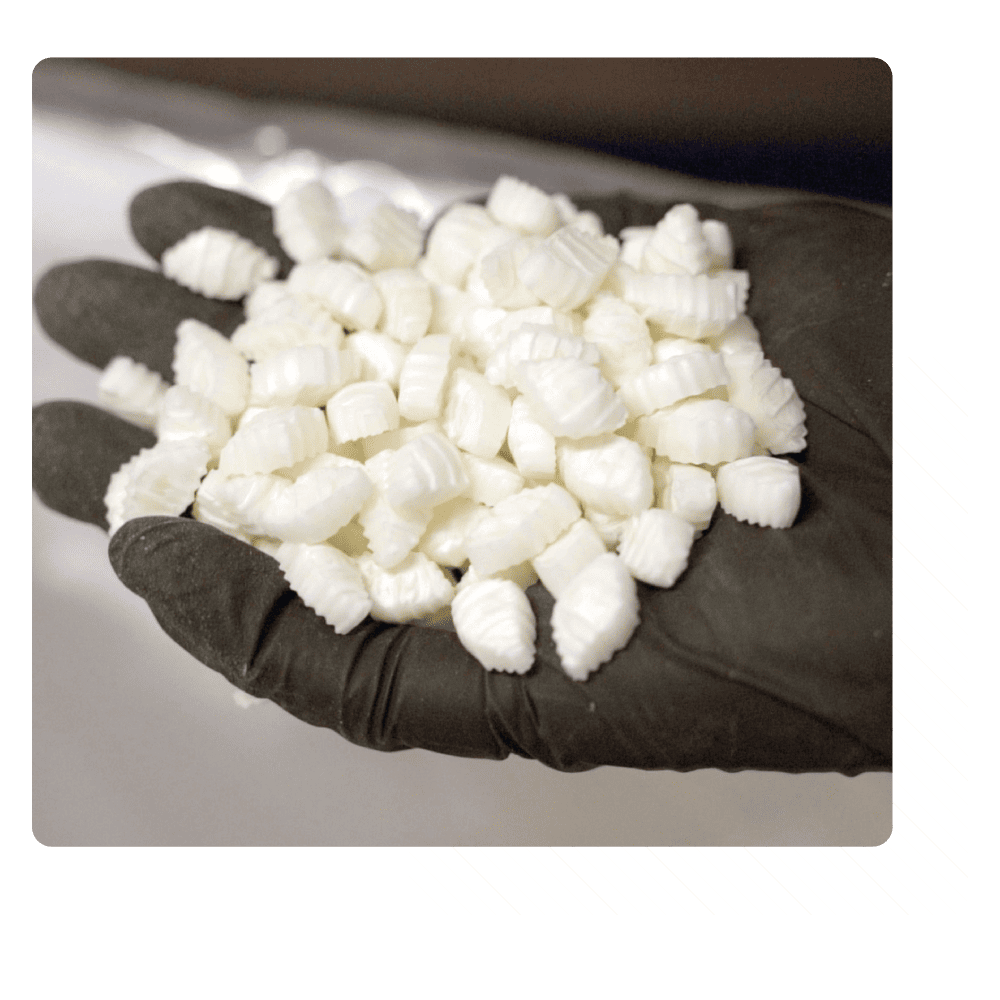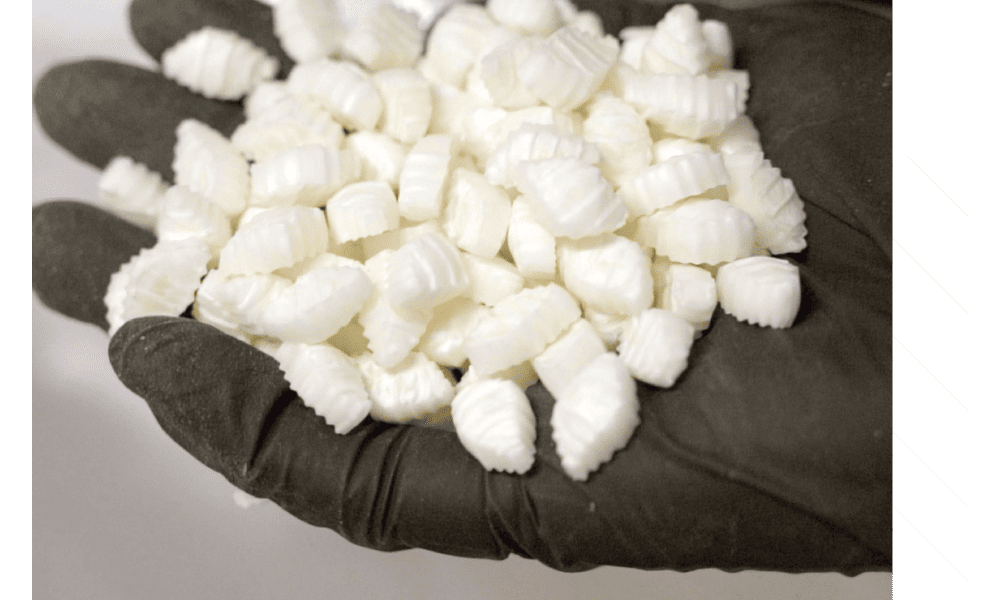October 17, 2023 / By PAI CRISTAL ITALIA
LL: PLASTIC CHIPS FOR GRINDING
THE INNOVATION IN THE TUMBLING SIGNED BY PAI CRISTAL ITALIA
Innovation and tumbling. It is somehow strange to match these two terms because the tumbling is a science and an ancient art, always (or almost) the same for years.
And yet Pai Cristal adds an important element that follows the innovations introduced in the last few years. And it makes so first with a look on the sustainability and the environment, and then on the tumbling process efficiency.
Plastic chips LL: this is the result of a long work of research and development that has involved tester customers of the eyewear world. It is time to introduce the huge advantages of this new “media” to the market and to the eyewear manufacturers.
First of all, it is not a “wood media”, but a special plastic that has the same specific weight of the beechwood. It is not nylon, it does not hit the surface. It is not wood: this means that its consumption is considerably reduced, giving a small contribution to the environmental protection.
Any data?
- On average it lasts 3 times longer than the usual wood media.
- The annual wood media consumption per tumbling machine is reduced by 67% on average as compared to the usual wood media.
- The annual paste consumption per tumbling machine is reduced by 48% on average as compared to the usual wood media.
And the benefits do not end here:
- No need to add oil to the tumbling machine: one less item to buy, and more cleanliness in the tumbling department.
- The powder is drastically reduced because the paste remains much more adherent to the media: more attention to the working conditions and to the safety of the workplaces, made cleaner and healthier.
- The traditional ‘balls’ no longer form: no need to invest time to remove them, no need to add oil to dissolve them.
- Tumbling machines handling and care times are reduced: on average only 3 grinding preparations per year, instead of 8.
- The disposal costs of special waste are also reduced: 1/3 of the quantity of media to be disposed of.
- Looking ahead, by teaming up and reaching a certain big mass of user companies, the aim is to eliminate disposal costs altogether, by recycling the material.
And then, of course, the other advantage is the result you get:
- Having the same specific weight as the beechwood, no more or less aggressive, it works just like the beechwood – ‘only’, it lasts much longer.
- It is smaller than the traditional beechwood rhombus, so it reaches the most critical points of the spectacles more easily, working much better on the marks left by previous processes, such as the milling.
- It leaves the surface more ‘velvety’, i.e. with a lower roughness value: eyewear are better ‘prepared’ for the next smoothing step.

Field tests and analyses of the numerous data provided over the last three years by our tester customers give us clear and reassuring indications: obviously, something may vary on the timing and methods of the tumbling process as a whole, depending on the specific habits, peculiar to each company. However, the average saving is € 1.000/year per tumbling machine, which becomes almost € 2.000 if, in addition to consumables, waste disposal and tumbling machine’s time, care and maintenance are taken into account.

